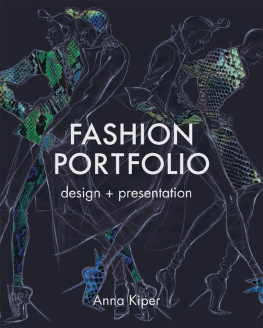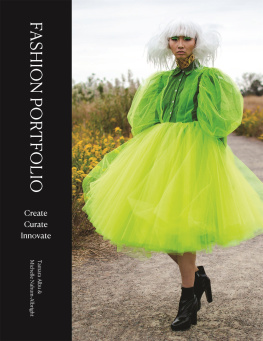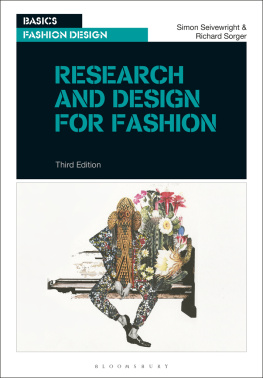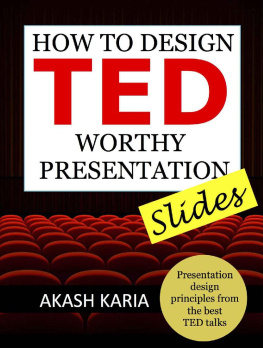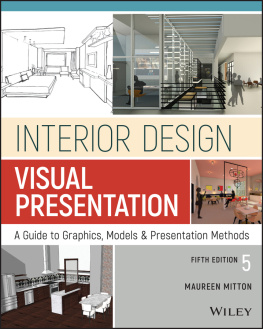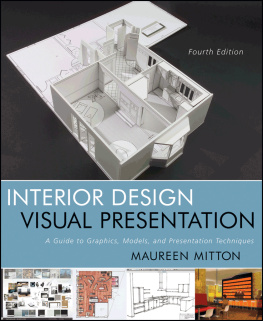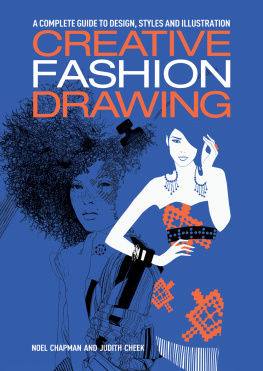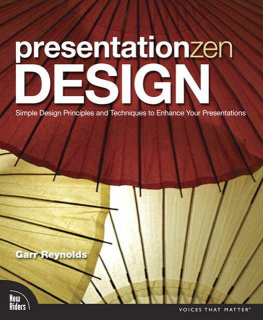FASHION
PORTFOLIO

A portfolio is the mirror of a designer. At a glance it showcases ones aesthetic, thinking process, ability to create and potential to execute.
Lubov Azria
Chief Creative Officer
BCBGMAXAZRIAGROUP
FASHION
PORTFOLIO
DESIGN AND PRESENTATION
ANNA KIPER


CONTENTS
INTRODUCTION
What is fashion art or craft? The common perception is that fashion always has a practical, utilitarian purpose. However, on occasion, brilliant, creative minds elevate fashion to the level of art, affecting our views and emotions with their vision, telling us powerful stories and transporting us to their imaginary worlds through their collections.
Fashion geniuses have transformed society by changing common perceptions Chanel liberated women, giving them an independent, powerful look marked by a military-styled tweed suit; Dior brought back the hour-glass silhouette, instilling femininity into post-war fashion; Comme des Garons questioned human form and shape, thereby redefining the traditional concept of female beauty through garment deconstruction and an all-black attire; and McQueen, with his unleashed, burning talent brought a strong emotional component to his collections, constantly referring to death and his personal struggles. Balenciaga and Ferr forever merged architecture and fashion, while Issey Miyake and Hussein Chalayan explored innovative ways to fuse fashion with technology. Miyake was fascinated by the technical process of garment creation, the inherent mishaps, and therefore the innovation that occurred throughout the stages. Chalayan broke away from the traditional materials of fashion, using pieces of plastic from cars and metal from airplanes.
Probably one of the most fascinating achievements in fashion was Elsa Schiaparellis design approach. Rather than following the more traditional method of designing collections around individual looks inspired by the latest textiles and embellishments, she introduced the idea of storytelling through her collections, which were inspired by distinct and complex themes. Decades later, Yves Saint Laurent, fascinated by the narrative method, developed his Out-of-Africa safari story and Russian collection, tying together all elements such as textiles, silhouettes, styling, and mood to make a cohesive presentation. Designers today continue with this effective approach.
This book sheds light on the many ways a designer can pursue the creative process. Many designers surround themselves with beautiful objects, images and textiles to create an inspirational environment that sparks design ideas. Some gravitate to the technical language of draping and construction. Others emphasise sketching as the primary design tool, endlessly documenting their ideas on paper, and some, on the contrary, deconstruct and reconstruct vintage clothes, inspired by the transformation of the garment.
No matter what the creative approach is, it is critical to capture personal vision in the form of the design journal and portfolio. As designers evolve and mature, the fashion portfolio needs to express their current state of mind, design aesthetic, world perceptions and unique life experiences.
Designers have an important responsibility to society. They are the beauty and style receptacles, collecting and filtering cultural trends to generate the aesthetic of their times. Through careful observation, intensive research, experiments, and studies, documented in design journals and portfolios, designers should strive to create meaningful and personalised garments, cherished by customers for years.
Highly competitive fashion companies expect designers to constantly update their portfolios reflecting changes in society, technology and trends. The designers portfolio is the ultimate expression of their identity, capturing a sensibility, style, target customer, market and price point. Nothing is more important for a fashion company than to have a successful match between the companys business focus and the creative identity of their designer. A designers portfolio is what companies rely on to assess this match, and get a glimpse into their own future. From cover to cover, the fashion portfolio is the summary of designers creative achievements and it is impossible to overstate its significance.

FASHION IN PERSPECTIVE
1900s
The Gibson Girl
The Exposition Universelle held in Paris at the dawn of the new millennium showcased the industrialisation of a modern age. Against the backdrop stood the Gibson Girl, in her delicate swirling white lace skirts designed by Charles Frederick Worth, the grandfather of haute couture. Echoing the curvaceous lines of the popular Art Nouveau style, the favoured silhouette was that of a mature woman, with her mono-bosom and s-curve shape accentuating a heavily corseted waist. Her long, romantic bishop sleeves and the modest, high-necked gowns were topped with long strands of pearls and wide-brimmed hats with ostrich plumes.
1900s Styles: Tailor-made suits, tea gowns
Colours: White, cream, pastel pink, pale blue, mauve
Fabrics: Lace, crpe de chine, chiffon, tulle
Designers: Charles Frederick Worth, Jacques Doucet, Callot Soeurs, Drecoll, Redfern, Madame Paquin
Fashion Influences: Princess Alexandra, The Gibson Girl, La Gazette du Bon Ton, Vogue, Harpers Bazaar
Artists: Giovanni Boldini, John Singer Sargent
1910s
The Age of Decadence
Arguably the most important fashion influence in history, WWI set the tone for the second decade of the new century with the relaxation of social standards. Women were exploring a new-found ease of dress with the reduction in prominence of the corset and the high-waisted, tubular silhouettes of the period. Society found an escape from the horrors of daily wartime life in the exoticism of the Orient and the Classical Ideal, which showed up in the unusual textiles and asymmetrical drapery. The columnar, ankle length skirts were topped with decadent cocoon coats and turbans or extra-wide brimmed hats.
1910s Styles: The hobble skirt, Turkish pants, cocoon coats, turbans and fillets, parasols
Colours: Rich palette-reds, pinks, military greens
Fabrics: Hand painted, embellished silks, net, burn-out velvet
Designers: Paul Poiret, Lucile, Jean Lanvin, Mario Fortuny
Fashion Influences: Theda Bara, Pola Negri, Mary Pickford, Isadora Duncan, Mata Hari, Nijinsky and the Ballet Russes
Illustrators: Alastair, Aubrey Beardsley, Leon Bakst, Etienne Drian, Georges Lepape
Movies: Silent films like Cleopatra


